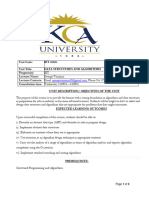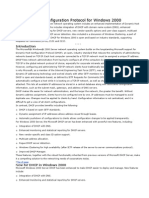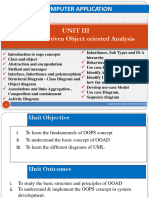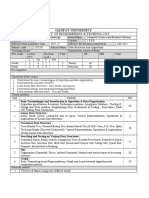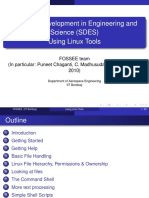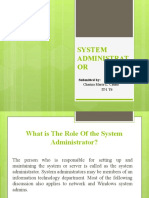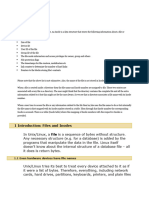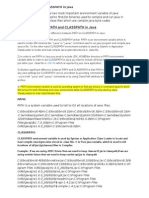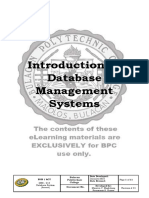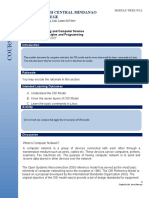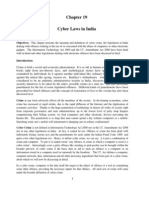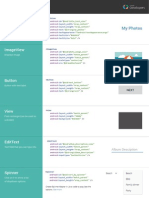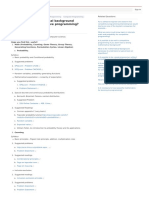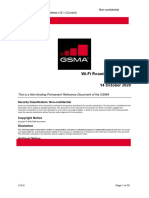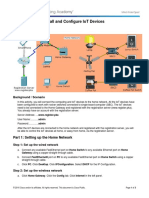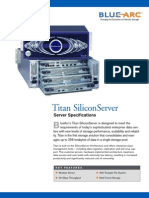0% found this document useful (0 votes)
368 views8 pagesLinux Course Syllabus Overview
This document outlines the syllabus for a Linux course covering topics such as Linux installation, command line usage, system administration including package management, boot processes, file systems, networking, user administration, and server configuration including mail servers, DNS, web proxies, DHCP, and web servers. Key topics include Linux distributions, installing Linux, command line tools, managing startup processes and run levels, RPM package management with YUM, kernel configuration, system services, users and permissions, and configuring network interfaces.
Uploaded by
Kosma KosmicCopyright
© © All Rights Reserved
We take content rights seriously. If you suspect this is your content, claim it here.
Available Formats
Download as PDF, TXT or read online on Scribd
0% found this document useful (0 votes)
368 views8 pagesLinux Course Syllabus Overview
This document outlines the syllabus for a Linux course covering topics such as Linux installation, command line usage, system administration including package management, boot processes, file systems, networking, user administration, and server configuration including mail servers, DNS, web proxies, DHCP, and web servers. Key topics include Linux distributions, installing Linux, command line tools, managing startup processes and run levels, RPM package management with YUM, kernel configuration, system services, users and permissions, and configuring network interfaces.
Uploaded by
Kosma KosmicCopyright
© © All Rights Reserved
We take content rights seriously. If you suspect this is your content, claim it here.
Available Formats
Download as PDF, TXT or read online on Scribd
/ 8




